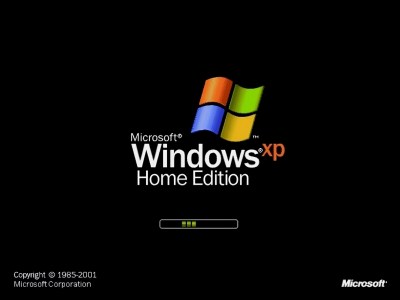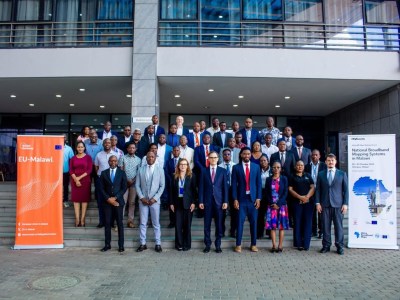
Starlink vs. African Wallets: Internet Access at a Premium 🛰️💸
Cliquez ici pour lire en français
Thirty months after entering Africa, Starlink — Elon Musk’s satellite internet service — is now available in more than 20 countries. While the technology promises wide coverage, even in remote areas, its high cost remains a major barrier for millions of households with limited purchasing power.
A Promise of Digital Inclusion Still on Hold 🚀
Commercially launched in Africa in January 2023, starting with Nigeria, Starlink positioned itself as a solution to bridge the digital divide. The service stands out for its ability to deliver a stable connection through a constellation of low-orbit satellites — reaching areas that had long been left without reliable networks.
But accessibility remains a problem. To connect, users must first purchase a kit priced between $200 and $400, then pay a monthly subscription ranging from $30 to $50. These amounts put the service out of reach for much of the population, even in regions where coverage is now available.
Battling Established Competitors 📶
Against traditional operators like Orange, MTN, Airtel, Vodacom, and Africell, Starlink opted for a direct-to-consumer model with no intermediaries. That strategy places it in direct competition with providers already offering flexible and tiered plans.
In the Democratic Republic of Congo, for instance, internet service providers charge between $10 and $100 per month depending on speed and data volume. In Chad, Airtel and Moov Africa offer mobile plans from $9 to $90, while fiber packages start at around $45 per month. While far from perfect in quality, these options are still more affordable for most households than Starlink.
A Cost Mismatch With Average Incomes 💵
The biggest roadblock to Starlink’s expansion in Africa is the gap between its pricing and the average income. According to the World Bank, in 2023 a $50 monthly subscription represented 37% of the average monthly gross national income per capita in Sub-Saharan Africa. Even the lowest rate of $30 absorbed 22.2% of that income.
In some countries, the situation is even worse. In Niger, a $54.90 subscription was higher than the average monthly income of $51.60 per person. In Liberia, the cheapest plan equaled 67.6% of the national gross monthly income per capita. By comparison, the International Telecommunication Union (ITU) defines an affordable internet service as one that costs no more than 2% of monthly income.
Mixed Reactions From Users 🤔
Unsurprisingly, user opinions are divided. For some, Starlink is simply too expensive and inaccessible. Others see it as a much-needed alternative to the chronic shortcomings of traditional operators, even at a premium price. A third group argues that, despite the cost, Starlink offers better value for money compared to local providers.
In theory, Starlink addresses the coverage issue. In practice, however, adoption is tied to whether households can actually afford it. In 2023, 710 million people in Sub-Saharan Africa lived in areas covered by mobile internet but did not use it. This gap shows that the real challenge is no longer just technical access — it’s economic accessibility.
👉🏾 Do you think Starlink can truly help close Africa’s digital divide despite its high cost? Share your thoughts in the comments!
📱 Get our latest updates every day on WhatsApp, directly in the “Updates” tab by subscribing to our channel here ➡️ TechGriot WhatsApp Channel Link 😉






